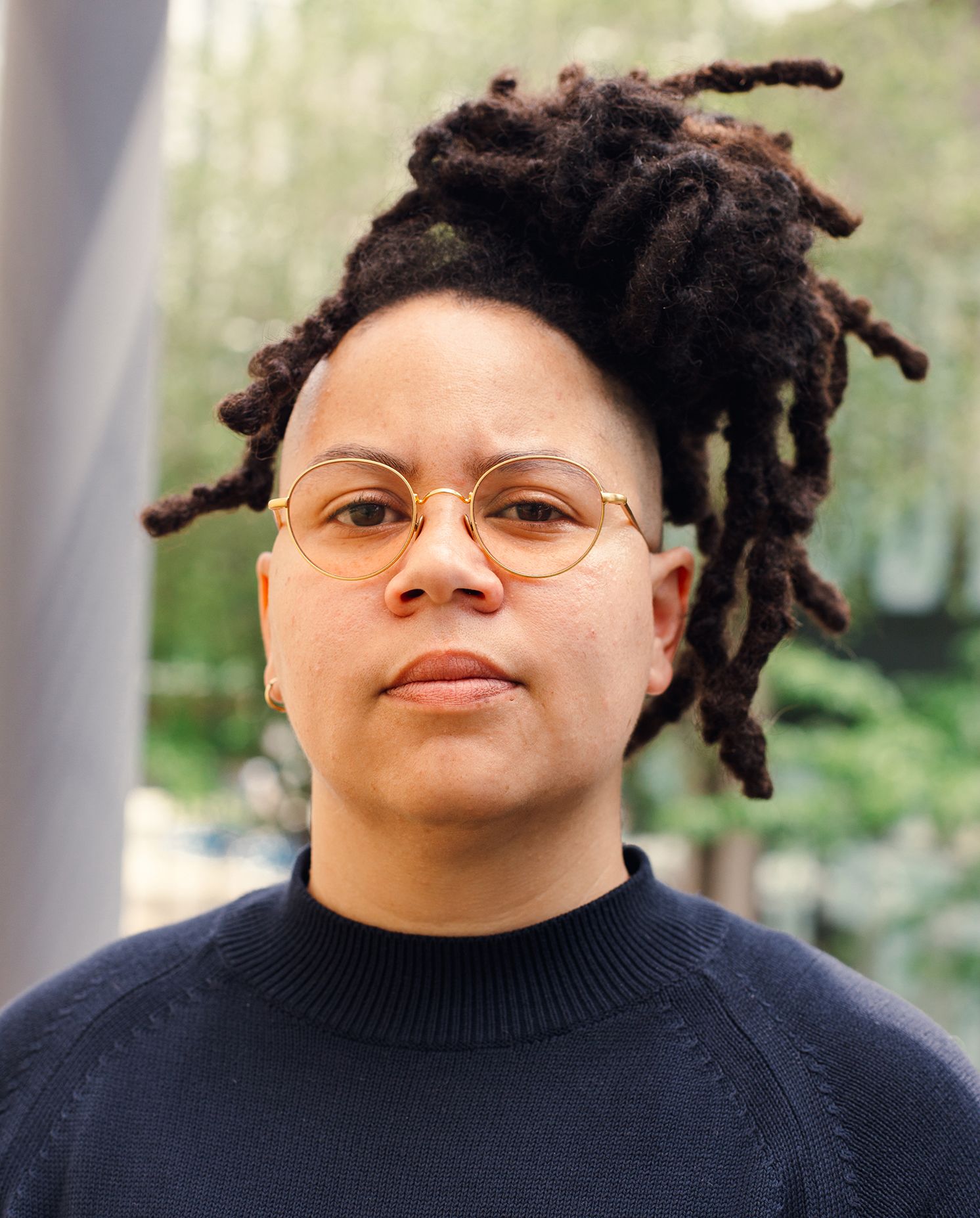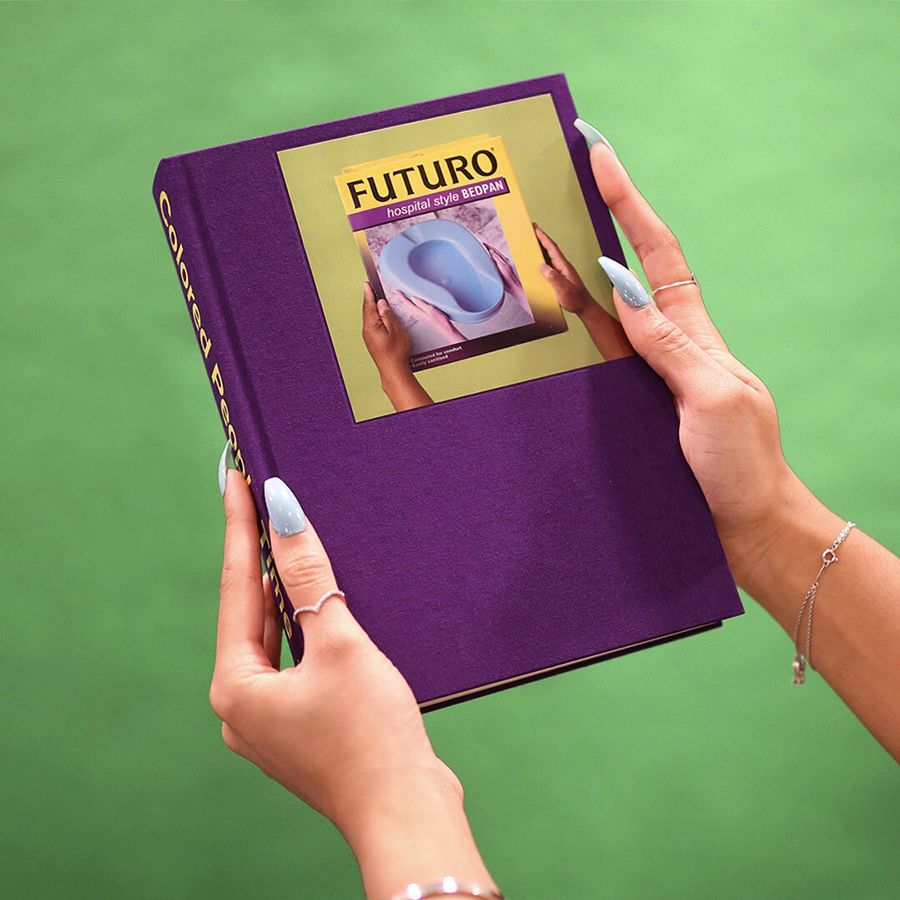Q&A with Meg Onli
Visiting Artists Program Distinguished Alumni Lecturer

by Brontë Mansfield (MA 2017)
When the pandemic hit, Meg Onli (BFA 2008) thought she might finally slow down. She hasn’t.
As the Andrea B. Laporte Associate Curator at the Institute of Contemporary Art in Philadelphia, she is curating two exhibitions opening in 2021. She also recently organized a massive fundraiser called Art for Philadelphia, selling limited edition prints in support of community organizations working to end the criminalization of Blackness. Onli returns to the School of the Art Institute of Chicago (SAIC) as the Distinguished Alumni Lecturer, where she gave a talk on March 16 and participated in a discussion with students via Zoom.
How did your early experiences as an artist at SAIC help shape your career as a curator?
I went to art school wanting to be an artist, and I often say that the best thing that happened to me was realizing that I wasn’t an artist. There are certainly things that I learned while studying to be an artist that I bring to curating. I love thinking through materials, and most of the artists I work with are not only very formal but have rigorous conceptual practices. In many ways, SAIC immersed me in a conversation with other artists. My practice is relational in nature. A lot of my shows are generated by spending time in dialogue with artists.
I still study exhibitions and often am looking historically at curatorial frameworks, but for me it always comes back to the artists I am working with and trying to figure out ways of considering their work that maybe hasn’t happened before.
How has your work been impacted by the politics and protests of this past year?
I don’t think my shows or my role have changed. The work that I do is inherently political. I am a Black, queer woman; it’s not like I have another option. Blackness and queerness are complex constructions that extend far beyond the language we have to describe them. I always aim for my exhibitions to engage with those ideas. I remember speaking with the artist David Hartt (MFA 1994) and he said to me that my shows don’t have to be for everyone. Hearing that was oddly liberating, and I’ve been pretty pleased in thinking that my shows are in fact not for everyone. I am always making exhibitions with a Black audience in mind.
“The work that I do is inherently political. I am a Black, queer woman; it’s not like I have another option.”

Colored People Time, 2020, Institute of Contemporary Art, University of Pennsylvania. Photo by Derek Rigby. Hand model: Michele Pierson
Colored People Time, 2020, Institute of Contemporary Art, University of Pennsylvania. Photo by Derek Rigby. Hand model: Michele Pierson
This year, your work is pivoting from conversational group shows to a single artist retrospective. What has that been like, especially during the pandemic?
In September 2021, I’m opening a large retrospective of the video and performance artist Ulysses Jenkins. It’s co-curated with Erin Christovale from the Hammer Museum. To me, Ulysses is the grandfather of so many video art practices that I love today including Martine Syms (BFA 2007), Sondra Perry, and Aria Dean. I believe Ulysses has been overlooked not only because of his race, but because he was working in video in Los Angeles, outside of a major art market. He hasn’t had a major museum exhibition, and Erin and I really want to celebrate Ulysses’s life and career.
Ulysses has a bit of a storied career. He studied with Charles White (SAIC 1937–38), Chris Burden, and Betye Saar at Otis [College of Art and Design] and was friends with Kerry James Marshall (HON 2017). He soon fell into the Studio Z crowd with David Hammons, Senga Nengudi, and Maren Hassinger, to name a few. He co-founded Video Venice News, programmed a public access channel, and experimented with video phone technology in the 1990s.
It has been immensely humbling that Ulysses has let Erin and me into his life to mount this exhibition. I can’t imagine that letting two curators go through everything you ever owned would be a particularly fun experience. And at the same time, I am just in awe of him. It’s been very moving to work with both of them. ■

